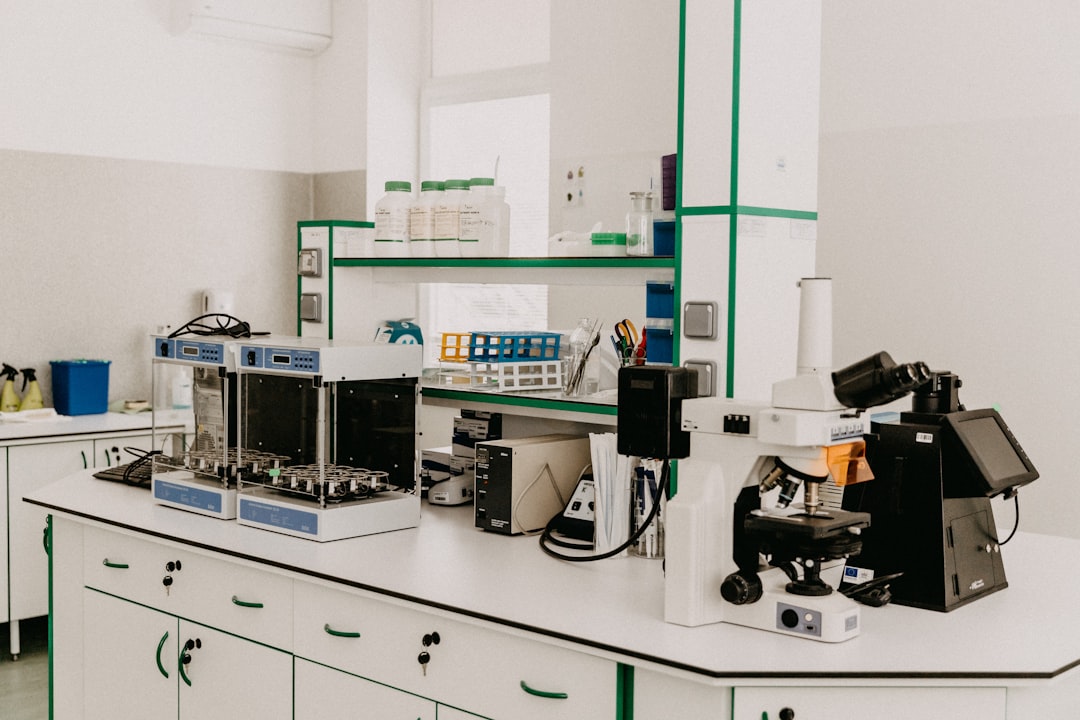What is it about?
Tranexamic acid (TA) has important antifibrinolytic activity and is used extensively in both trauma and normal suggery to prevent excessive blood loss. It was first synthesized in the early 1960's by the Japanese husband and wife team Shosuke and Utako Okamato. They were the first to show that amino-methyl-cyclohexane-carboxylic acid (AMCHA), was a potent inhibitor of fibrinolysis. Almost simultaneously with a Swedish group they were able to show that the antifibrinolytic active isomer has a trans-conformation (TA) with the ammoniomethyl and carboxylate substituents on the cyclohexane ring occupying equatorial positions. Its reaction with copper chloride lead to the formation of a copper(II) paddle-wheel structure which is common for the reaction of copper(II) salts with carboxylic acid derivative.
Featured Image
Why is it important?
The reaction of tranexamic acid with copper chloride lead to the formation of a copper(II) paddle-wheel structure which is common for the reaction of copper(II) salts with a carboxylic acid derivative. A Database Search (Cambridge Structural Database) revealed that there are only 13 compounds in which the axial position is occupied by a Cl anion. In all 13 compounds the copper atoms have perfect square-pyramidal geometry.
Perspectives
This article is one small part of the PhD thesis of an excellent student who is interested in the interaction between transition metal ions present in the body any various medications.
Professor Emerita Helen Stoeckli-Evans
University of Neuchatel
Read the Original
This page is a summary of: A copper(II) paddle-wheel structure of tranexamic acid: dichloro-tetrakis[μ-4-(ammoniomethyl)cyclohexane-1-carboxylato-O,O′]dicopper(II) dichloride hexahydrate, Acta Crystallographica Section E Crystallographic Communications, September 2017, International Union of Crystallography,
DOI: 10.1107/s2056989017012543.
You can read the full text:
Contributors
The following have contributed to this page










